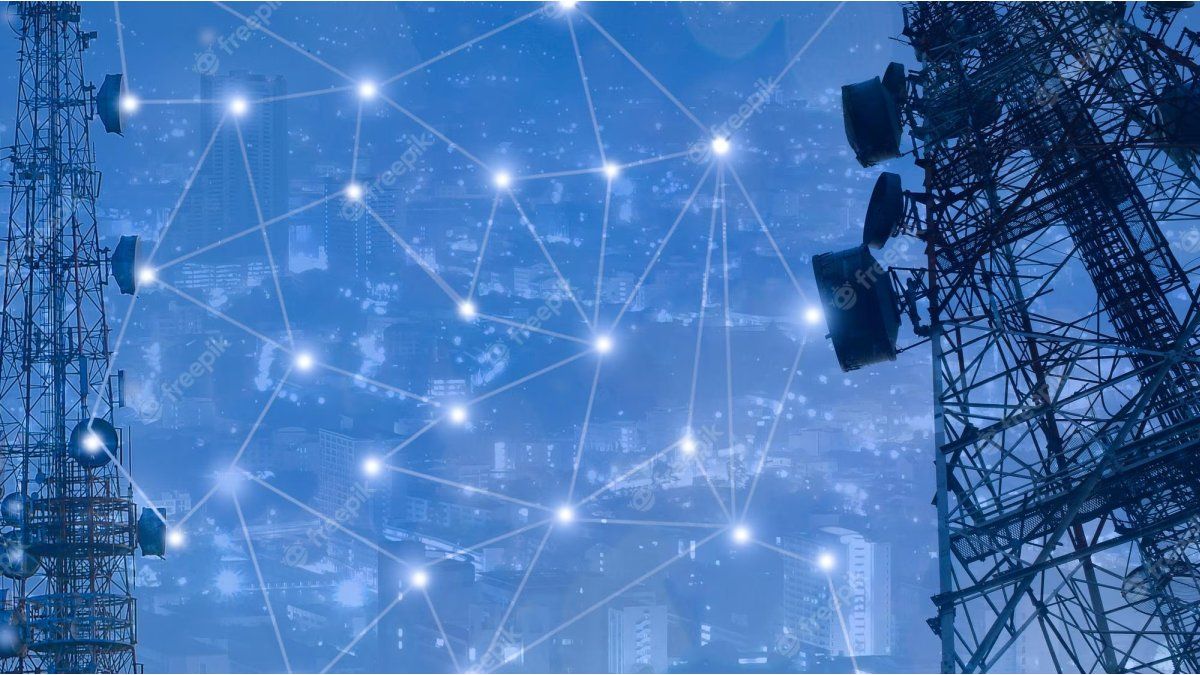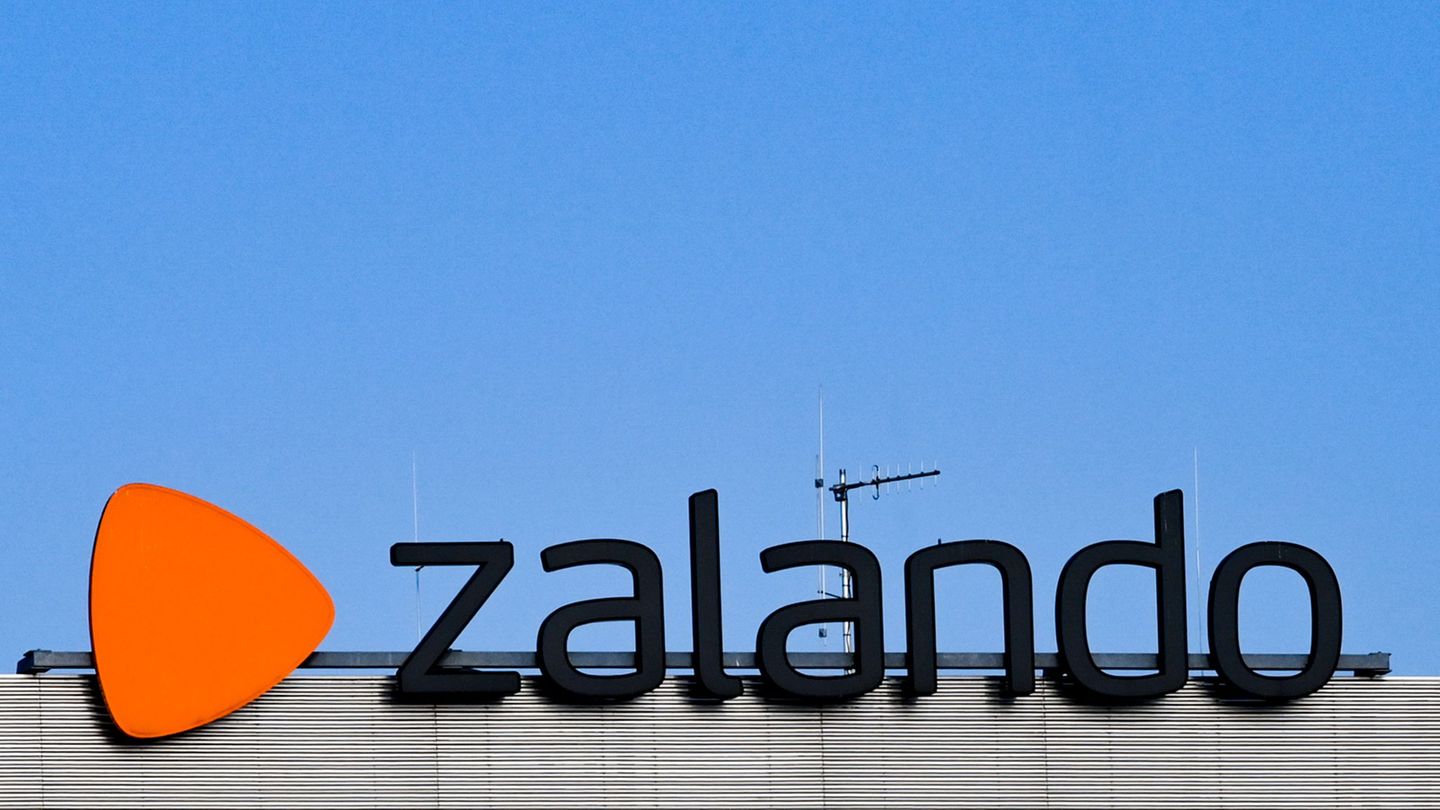The tender will be carried out despite the precautionary measure presented by La Libertad Avanza and Telecentro – the company of the former president of the Chamber of Deputies during Menemism, Alberto Pierri -, which joined last week. The operation will become a new reinforcement of foreign currency for the Central Bank reserves.
The event will be in Kirchner Cultural Complex, starting at 10, in a process that will not be open to the press, while the results will be announced in the afternoon.
The process will set the frequency band allocation between 3,300 and 3,600 MHz to the land mobile service with primary category.
In this call, a total of 300 MHz will be submitted to the auction procedure, in three lots of 100 MHz, with a base price of US$350 million and a granting period of 20 years.
The three companies that provide cell phone in the country (Claro, Telefónica and Telecom) presented bid guarantees for US$20 million to participate in the bidding process, and were already prequalified as bidders.
The doubt that exists is how they would make the payment of the US$350 million since, according to the document, they can pay in pesos at the official exchange rate, or enter dollars via Cash with Settlement (CCL), due to a modification ordered by the Central Bank.
The companies want to speed up the process because the official exchange rate suits them, especially if there could be another devaluation towards the end of the year.
Advantages of 5G technology
5G networks constitute an advance compared to 4G in several aspects, among which stand out:
– A increased bandwidth and data capacity: This means that it has a greater data flow, which reaches speeds of 10 Gbps, which makes it possible to exceed the speeds expected for Internet to the home. Current 4G networks allow speeds of around 100 Mbps to be reached.
– Lower latency: They stand out for the decrease in response speed, which becomes less than 5 milliseconds or even reaches 1 millisecond. This means that communications are practically in real time, which allows them to be used for critical applications in that sense, such as telesurgery, industrial automation, remote traffic control and autonomous vehicles. 4G networks have latencies greater than 10 milliseconds.
– Greater number of connected devices: While 4G networks allow approximately 100,000 connected devices per km2, 5G networks can reach up to a million connected devices per km2 simultaneously.
– Greater mobility: While a 4G network allows connectivity to be maintained at speeds of up to 350 km/h, 5G technology must be able to maintain transmission and reception even at speeds of 500 km/h.
The advances that 5G networks will introduce will allow increasing the rperformance of services based on the cloud.
He too video streaming in 4k, 8k and 3D, Virtual reality experiences and on-demand gaming make up some of the daily applications that end users of a 5G service will be able to count on, and that are impossible or limited today.
Source: Ambito




